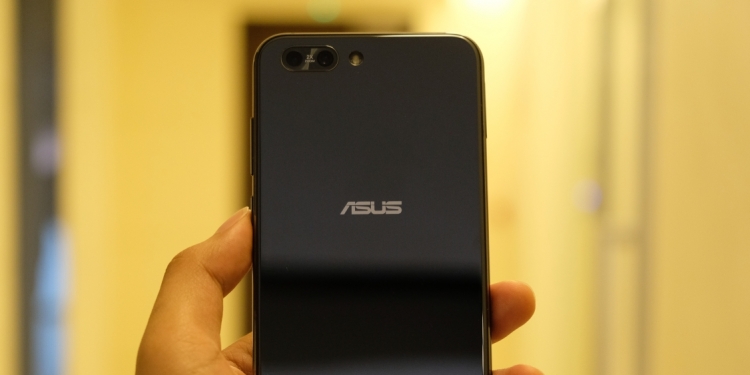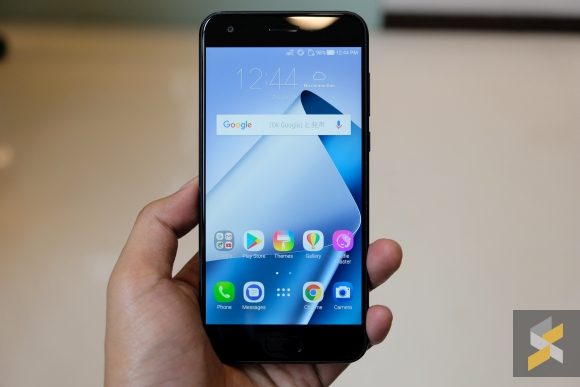Oh, how heads turned when people saw the ZenFone 3. Shiny, glass, metal and with a price tag that shocked the world after the super bang-for-your-buck ZenFone 2 series. It was a bold move by the company but ultimately, at least in Malaysia, things didn’t go so well.
This year, they’re sticking to their guns and the ZenFone 4 plus its high-end brother — the ZenFone 4 Pro — share a lot in common with last year’s ZenFone 3 series. However, the question now is: Have they learned their lesson?
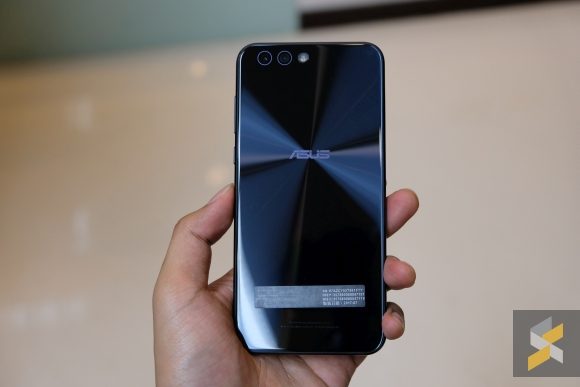
Well, we’ll begin with the core smartphone, the ZenFone 4. It’s the direct successor to last year’s ZenFone 3 and aesthetically there are some big changes. The camera module, for example, now lives in the top left of the back of the handset and there are two of them. ASUS keeps the concentric circle design here too, however, instead of having everything center around a rear-mounted fingerprint sensor, you’ll find that it all hones in on an ASUS logo.
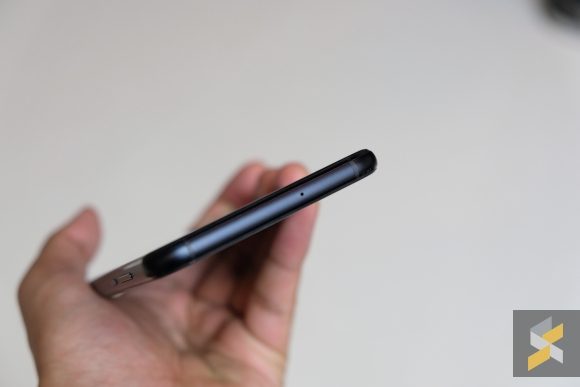
That’s because the fingerprint scanner is now in front of the device and is flanked by two backlit (HUZZAH!) capacitive keys. While this design change isn’t as significant as when the company went from ZenFone 2 to ZenFone 3, it’s still a noticeable change.
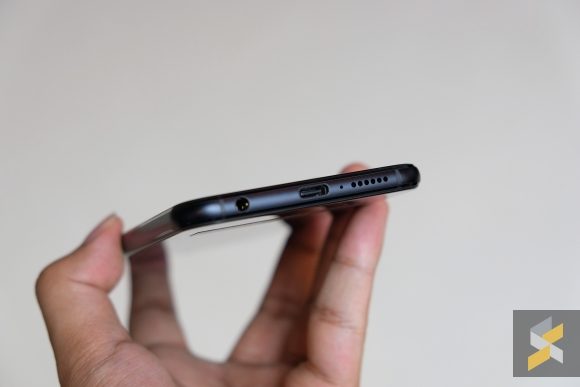
The whole smartphone is also better put together with smaller seams, a more comfortable footprint and I think a better look — which I guess isn’t saying that much. It looks like an honor 8, but with a lot more ASUS flair about it and that’s not a bad thing.
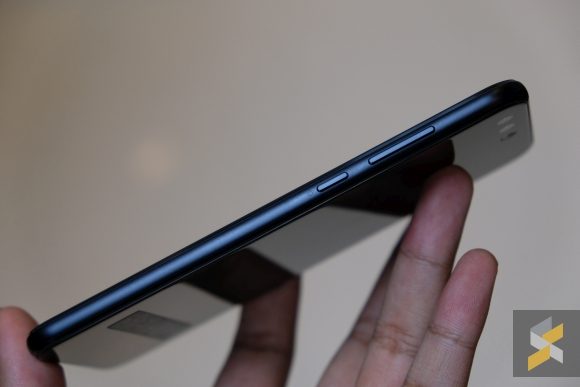
With last year’s handset, my biggest problem with it was that it was a boring smartphone. What did ASUS do this time around to spice things up? Well, they added a second camera, obviously.
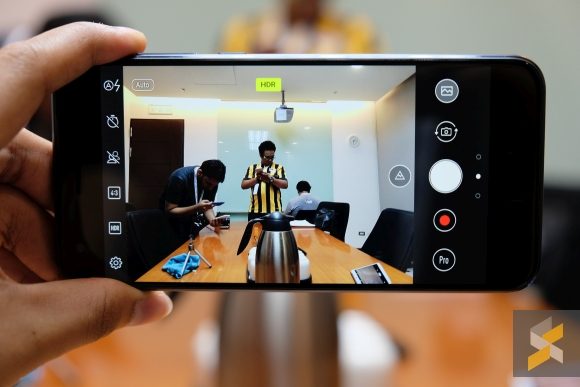
In addition to the 12MP Sony IMX362 unit that shoots photos in your typical smartphone focal length, the company has added a second 120-degree 8MP wide-angle f/2.2 aperture unit right next to it. This is kind of like what LG has been doing with their G6 and V20 and honestly, I don’t know how to feel about it.
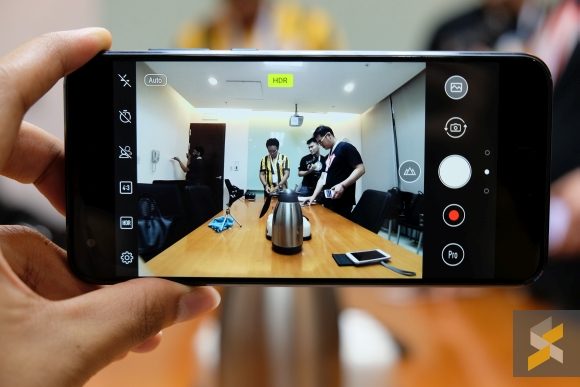
Sure, I like the wide-angled perspective a lot, but only if it doesn’t sacrifice on image quality. Based on my hands-on time with the ZenFone 4, unfortunately, you will have to sacrifice on image quality if you want that wider angle. That 8MP sensor just can’t keep up with the kind of photos its primary 12-megapixel sibling can, and that’s a bit of a shame.
However, I am still leaving this portion of my first impressions very open because I haven’t had much time with the smartphone yet so stay tuned for my full thoughts on the camera when the device comes in.
The rest of the handset, though, is a pretty standard version upgrade affair. You get improved specs in the form of a Snapdragon 630/660 processor (though we will be getting the Snapdragon 630 here in Malaysia), with 4GB or 6GB of RAM and up to 64GB of expandable storage (via microSD). There’s also a Full HD 5.5-inch IPS display that looks pretty good on the show floor. Inside, battery capacity also gets a bump up from the ZenFone 3 to a 3,300 mAh unit (up 300 mAh) so if this phone is anywhere near as frugal as the handset it succeeds, you can expect some awesome battery life.
One really nice thing that I’m glad ASUS added was the earpiece stereo speaker setup that we’re seeing quite often on handsets these days. I didn’t really get to hear how well it performs but it does seem to get pretty loud.
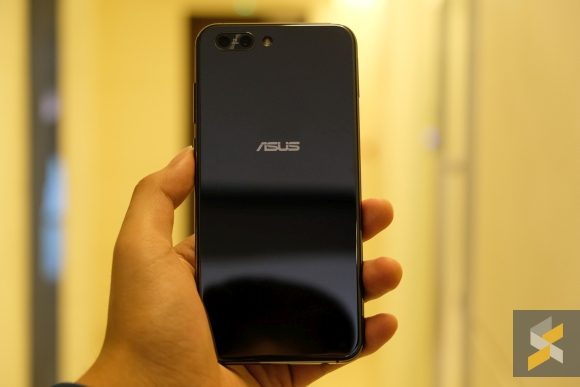
If you want more punch and can afford it, you can, of course, opt for the ZenFone 4 Pro which is this year’s flagship ZenFone. It’s got all the high-end specs you’ve come to expect in a 2017 flagship including a Snapdragon 835 processor, a 3,600 mAh battery, up to 6GB of RAM and up to 128GB of internal storage. You can even expand this further via microSD which takes cards up to 256GB in size.
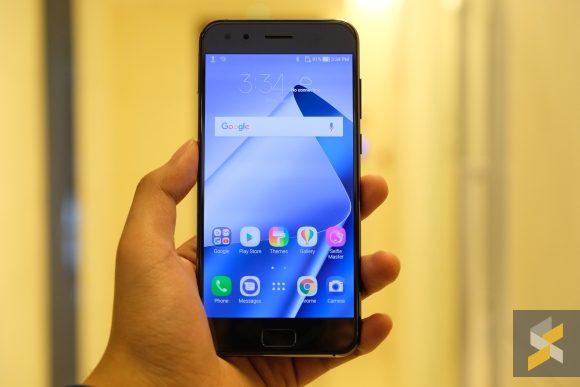
Perhaps the biggest non-flagship features about this handset are its 5.5-inch Full HD display and the lack of IP68 water resistance. While I am pretty happy to live with the former, I pretty bummed out that ASUS didn’t include the latter. The silver lining is that it also has the earpiece stereo speaker setup so thing should sound pretty decent.
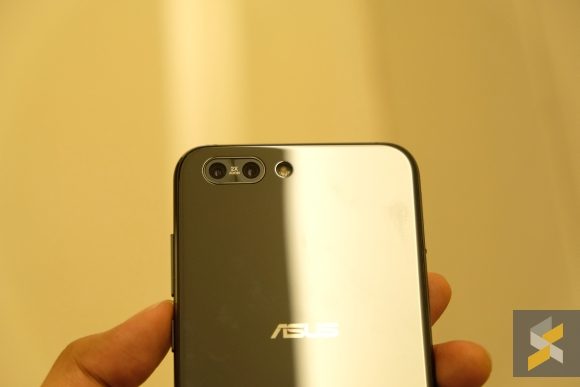
One difference between the ZenFone 4 and ZenFone 4 Pro, besides the spec bump, is the handset’s camera system. On the Pro variant, ASUS decided it would be a good idea to go for a telephoto setup instead. That means you have the standard 12MP normal camera (like on the ZenFone 4) that is augmented with a short telephoto (2X zoom) secondary 16MP f/2.6 aperture unit.
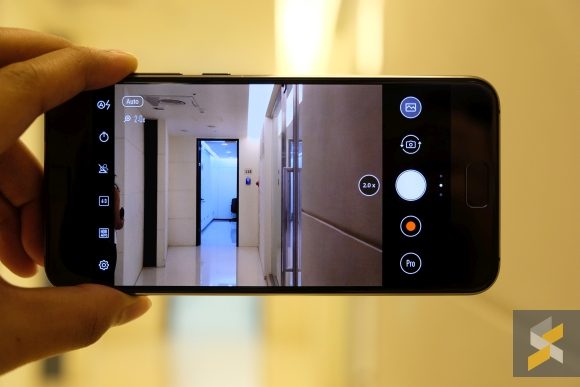
We’ve seen this before, of course, so I don’t think you need me to explain to you how it works. Is this the right choice for ASUS? I don’t think so. I would have preferred it if they doubled down on the wide-angle (or even the telephoto) and gave us a consistent dual-camera setup instead. Putting a telephoto on one and a wide-angle on the other screams indecision to me, and that often doesn’t bode well for further improvement down the line. It also gives the smartphone a tiny camera bump compared to the ZenFone 4’s flush camera module which may annoy some people.
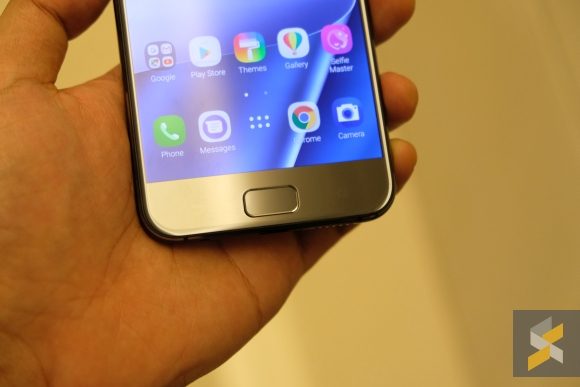
Are the ZenFone 4s objectively better devices than their predecessors? I certainly think so. They’re more interesting, better put together and I think a worthy upgrade from the ZenFone 3 series. However, for the most part, I feel like the success or failure of these phones really depends on the one crucial thing we Malaysians love to talk about: Price.
When you’ve made a name for yourself in the affordable bang-for-your-buck market, it’s really not easy to break away from it. Xiaomi is trying really hard but even now people are finding their new price tags (which I think are justified considering the kind of goodies they offer) hard to swallow. When your loyal fanbase is built around the initial idea of affordable value, it’ll take a lot of effort to convince them otherwise.
Looking at the prices for the ZenFone 4, the base model will have prices start from USD399 (around RM1,712) while the Pro variant will see prices start from USD599 (around RM2,570), there isn’t that big a delta between the ZenFone 3 and ZenFone 4.
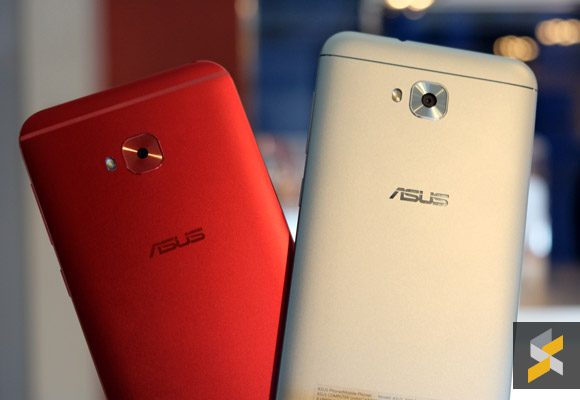
Does that mean you can expect roughly the same kind of prices this year? Perhaps, but if ASUS’ RM1,799 price tag on the ZenFone Selfie Pro is any indication, it could mean that the ZenFone 4 will be closer to RM2,000 since it lives higher up the ZenFone 4 hierarchy.
How much would you pay for the ZenFone 4? Let me know in the comments below.

